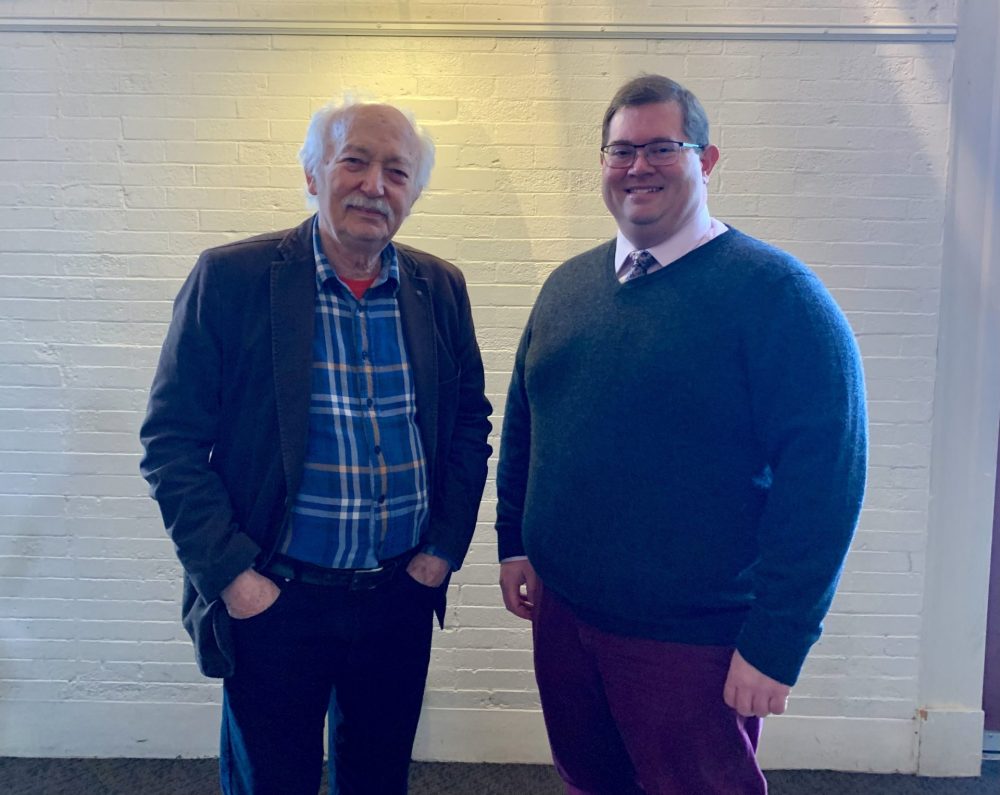It’s tulip season at Elm Bank Reservation on the Wellesley/Dover/Natick line, and the colors are dazzling from tens of thousands of these flowers. The Tulip Mania event has become the Massachusetts Horticulture Society‘s official kickoff to the opening of Elm Bank’s gardens to the public.
For the second year in a row, Mass Hort has put its spring focus on tulips, which guests can view, smell, and pick (pick-your-own tulips are sold out for the week of April 22-26, but return on April 27; you also get 5 pre-cut tulips with admission). This year’s display includes a fenced-off field of tulips for picking at the bottom of the sledding hill seen upon entering the park.
Tickets cost $19 for adult non-members, $10 for youth non-members, $5 for members, and are free for ages 2 and under. Tulip Mania runs 7 days a week from 10am-7pm, with last entry at 6pm. Workshops and kids events are also part of the tulip celebration. Tickets are currently on sale through April 28.
Thanks to Stephen Keep for sharing these photos of Tulip Mania.









Please support your local news source




























